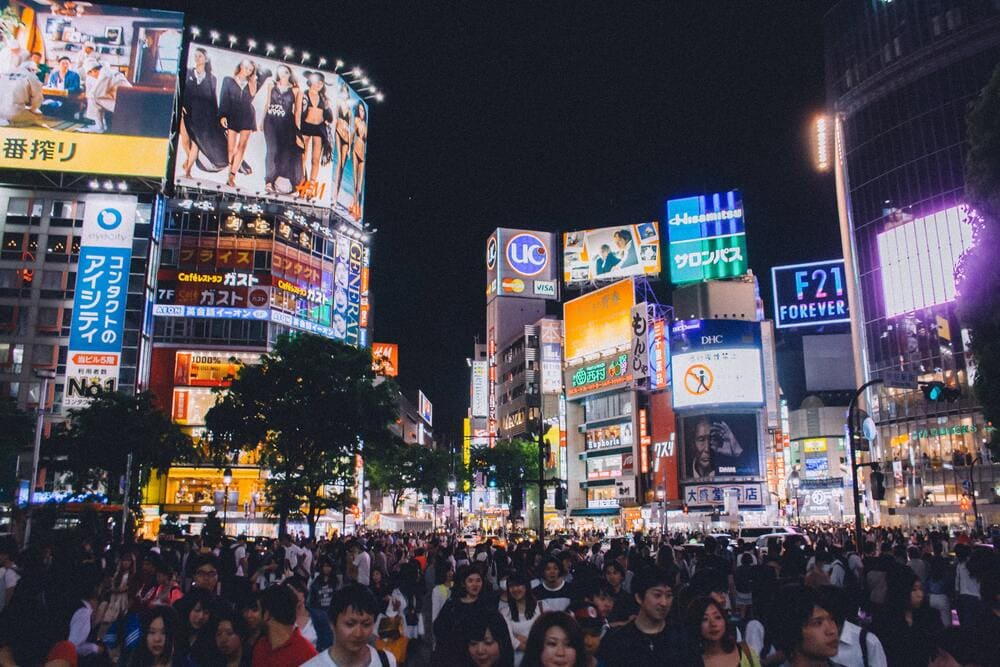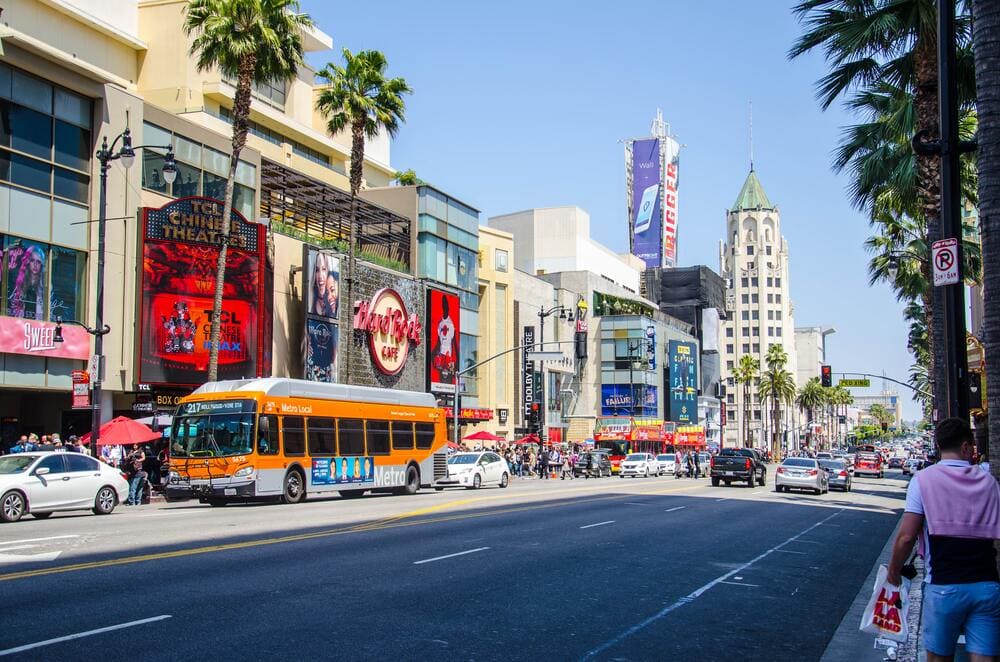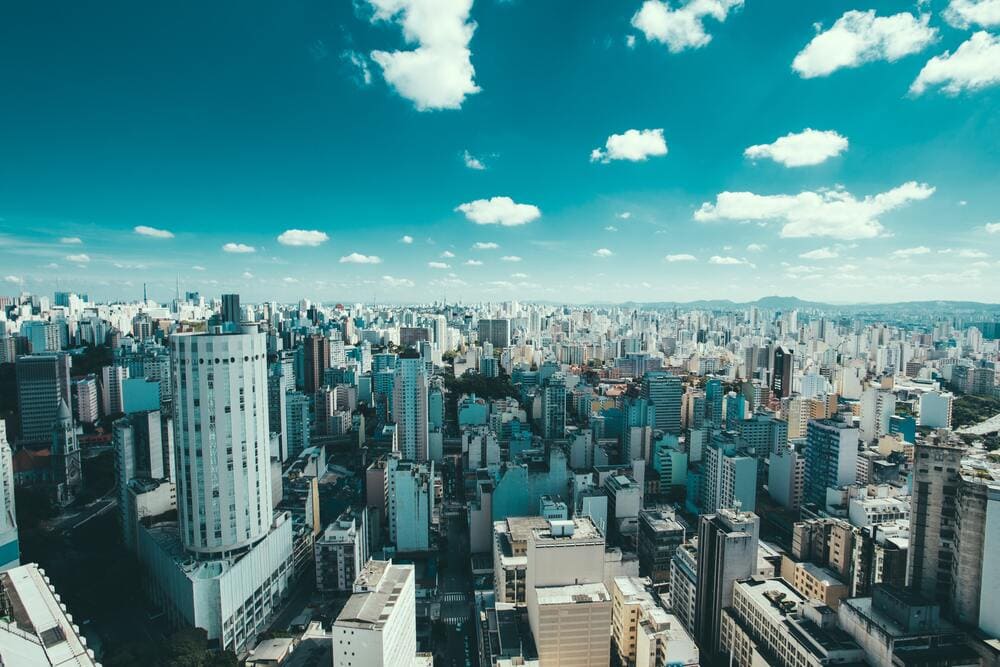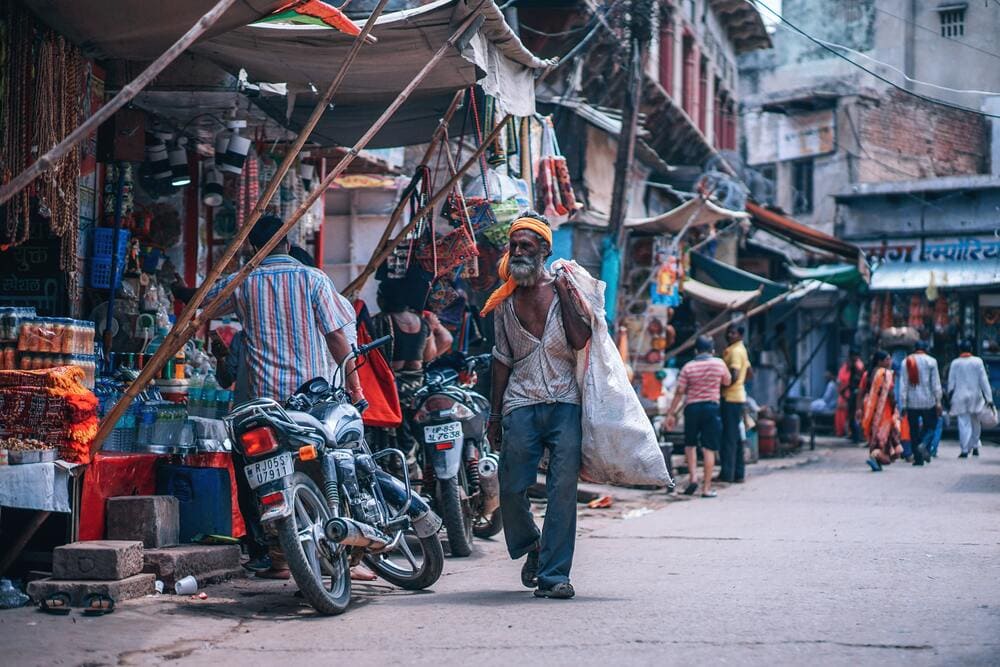This has now been put back to 2019.
Due to factors such as population growth, climate change, wasteful water practices and over-development, we are facing the prospect of not having enough fresh water to meet global demand. According the the UN, 1.8 billion people – approximately 25% of the global population – will experience water scarcity by 2025 and two-thirds of the world will be water stressed. Cape Town is just the tip of the (rapidly melting) iceberg. Here are some of the other cities at risk of a “day zero” in the near future.

One of the world’s busiest megacities, home to over 35 million people, Japan’s thriving capital has a task on its hands providing water supplies to its population in a heavily urbanised region that experiences high industrial, agricultural and domestic water use. The city was forced to restrict its water supply due to shortages back in the 1960s and was found by a 2014 study by Nature Conservancy to be the most water-stressed city in the world. A key problem is that Tokyo has low groundwater supplies and is heavily dependent on surface water sources. These are replenished by monsoon rainfalls which are concentrated in four months of the year. If rainfalls drop below average, the city risks serious drought problems.

Another of the world’s most prosperous cities and a global financial capital, London is facing up to the fact that an expanding population together with pollution and waste through centralised leaks could plunge the city into crisis. With 80% of water supply drawn from river sources that have become heavily polluted and with a Victorian-era plumbing system leaking millions of litres per day, it has been predicted that there will be supply problems as early as 2025 and that demand could completely overwhelm supply by 2040.

Although Los Angeles has better groundwater reserves than many major cities, the city’s large water footprint means that it has to import more than 80% of its freshwater, making it the largest transferer in the world. It has been ranked the 9th most water-stressed city in the world and the most likely US city to experience “day zero”. One of the most densely populated cities in the US, it faces a myriad of problems including water wastage, industrial overuse of supplies, an excess of stormwater and increasing droughts caused by global warming. This led to authorities dropping over 3 million plastic cooling balls into surface water supplies in 2008 to protect from sunlight.

One of the 10 most populous cities in the world, Sao Paulo in Brazil narrowly averted a “day zero” scenario in 2015 when its residents were informed that they had less than 20 days of freshwater supply due to reservoirs drying up. Brazil has been suffering its worst droughts for 80 years, with problems exacerbated by poor management of supplies, climate change and deforestation in the Amazon.

With around 20% of the world’s population but only 7% of its freshwater supply, China is in a precarious situation water-wise. Beijing, its capital, has been identified as one of the world’s major cities most likely to reach “day zero”. The city, home to 21.7 million inhabitants, has suffered heavy depletion of groundwater supplies over the past two decades and 40% of surface water supplies have been identified as polluted. It has been classified as suffering from acute water scarcity since 2014.

India, with its rapidly growing population, has several of its major cities poised for a water crisis in the coming years. None more so than Bangalore, the developing city in the south which has been listed by the UN as one of the cities most likely to run out of drinking water. Problems include a loss of over half of the water supply due to poor plumbing, as well as high pollution. 85% of the city’s water has been deemed not suitable for drinking or bathing.
This is just a small sample of cities experiencing a problem expected to affect a large proportion of the world over the next 25 years. But we cannot afford to wait for the worst to happen. The World Economic Forum has already identified water shortages as one of the main current global risks. It’s time for an overhaul in the way we use and manage water – our consumption habits, commercial overuse, distribution inefficiencies, protection of freshwater supply – before it’s too late.